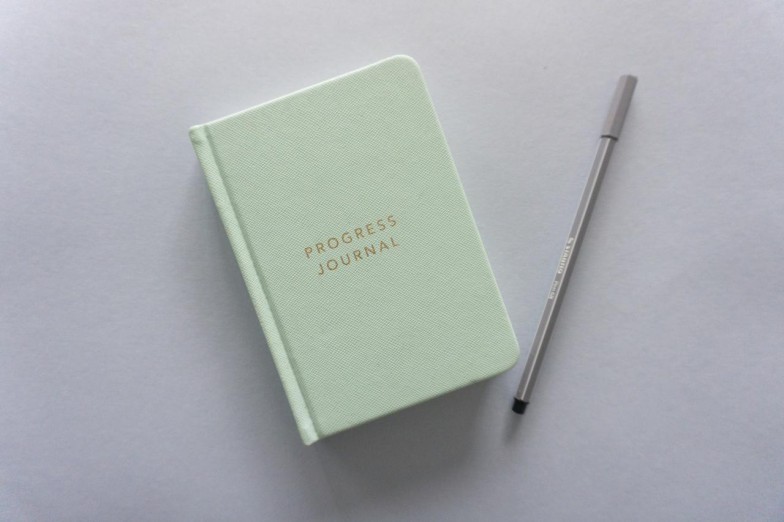
Get the Most Out of Your Session: How To Set Goals to Work on in Therapy
Setting goals to work on in therapy will help you get the most out of your sessions and improve your life. Here’s what you need to know.
Setting goals to work on in therapy is one of the keys to making positive changes in your life.
You’ll get the most out of your therapy sessions with specific and measurable goals, but where should you start?
Making positive changes in your life isn't easy, and neither is therapy. Transforming your habits, thoughts, beliefs, and relationships takes time and effort. Although your sessions can seem like a magic wand for resolving issues, you only get what you put in. That's why setting goals to work on in therapy is necessary for your success.
Start with a general idea
During your first appointment or the initial consultation, your therapist might ask, "What brings you into therapy?" You might respond with something along the lines of, "I feel stuck in life," or "I don't feel happy."
These are intense feelings that can't be ignored. Saying them out loud can kick-start the process of positive growth and healing. Unfortunately, these statements are a bit too vague to create effective and meaningful goals.
It's important to reflect on these emotions and look inward before heading to therapy. You'll need to better identify what happiness looks like to you, what's making you feel stuck, and the reasons you're seeking support.

Ask yourself questions ahead of time
An excellent way to create goals is to jot down as many reasons for seeking therapy as you can. You might want to write out paragraphs or simple bullet points. Regardless, getting your thoughts out into the physical world can give you clarity on what you're trying to change. It can be helpful to start with a few prompts or questions to get your gears turning.
- What are the things in your life that are making you feel stuck?
- What do you like about your life and want more of?
- What challenges do you face on a daily, weekly, or monthly basis?
- What do you hope to get out of therapy?
- Is there a specific issue that brought you to therapy? How and when did it begin?
Choose an area to focus on
It can be hard to figure out where to start if you feel like everything in your life is upside down. I mean, how can you pick one area if you're facing problems at work, in your relationships, and have habits that aren't serving you anymore?
It's totally fine to feel this way and want to fix everything all at once. Your therapist will listen and be ready to help. However, you'll get the most out of your sessions if you choose an area to focus on. Don't be afraid to ask your therapist to help you select specific problem areas, either.
Maybe you need to work on lifestyle changes, such as routines, sleep, diet, and exercise; or you could be lashing out at your loved ones and neglecting work. Either way, your therapist is there to help you identify the root cause and develop a plan for overcoming obstacles.

Identify your goals
Now that you've chosen an area you want to focus on, it's time to start identifying specific goals. Identifying goals can be easy or challenging, depending on your situation. But it might come down to how you word them.
For example, it's much easier to create a compelling goal from, "I want to build healthy habits," than "Something in my life feels off." This first statement provides you with more clarity rather than digging through why things feel wrong.
Trust your intuition of what you believe the issue might be. Your therapist will help you figure out why you're unsatisfied and guide you through the healing process. Don't be afraid to confide in your therapist about things you've been avoiding, such as work or relationship issues, either.
Create concrete, specific, and measurable goals
It's perfectly normal to go to therapy with vague or hazy goals, especially if it's your first time. Your goals might even change as you go through the therapeutic process. However, vague goals can make it difficult to create lasting, positive changes.
Therapy provides you with a space to explore deep parts of yourself that aren't necessarily measurable. You'll get to know yourself better and the parts that make you tick. But therapy is also about creating concrete goals that create a lasting impact.
You'll want to work with your therapist to create measurable and specific goals. Specific goals like, "I want to prepare breakfast each morning," are better than something vague like, "I want to be healthy." You can measure your progress and adjust accordingly with more specific goals.
You and your therapist might break these goals down into smaller steps. Instead of "losing 30 pounds in three months," you and your therapist might set a goal of "losing 2 pounds a week." These goals provide you with more manageable tasks that are time-specific.

Develop an action plan
Now that you've identified a few goals to work on, you and your therapist will develop an action plan. Action plans are a necessary part of the therapeutic process. Your treatment plan might include primary goals, smaller objectives, how you'll measure your progress, and the techniques you'll use to transform your life.
Your therapist might give "homework" at the end of each session. Therapeutic homework is usually things to work on, such as regulating emotions, building a routine, or working on your communication skills. Your "homework" will depend on the goals you identified and will be specifically catered to you.
From there, you'll continue to meet with your therapist to discuss how things are going and adjust accordingly. For example, you might track the times you woke up and went to sleep. You and your therapist will talk about what's working and what isn't. In this case, you might adjust your goal from waking up at 7 a.m. to 9 a.m.
It's not uncommon to go to therapy with blurry goals. You might want to change your life but not know the specific areas or where to start. That's why it's essential to set goals to work on in therapy before and during sessions. You and your therapist will identify specific goals and develop an action plan to help you create lasting, positive changes.
Try practicing extra self-care with an at-home facial with the MOBILESTYLES App. Download the MOBILESTYLES app today at https://mobilestyles.com/download.






